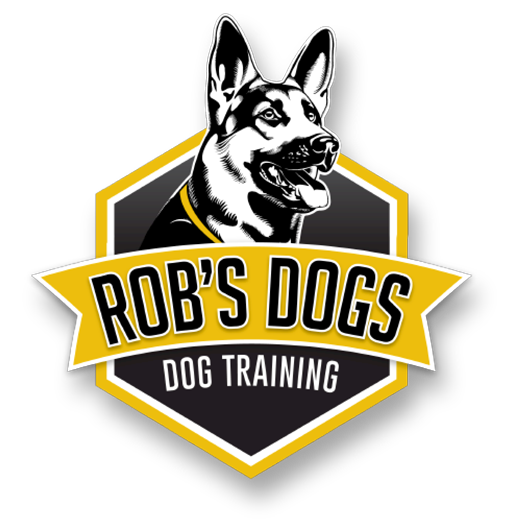How To Potty Train Your Puppy
Are you aware that the earliest remains of humans and dogs buried together are 14,000 years old? The close bond between man and canine has been around for centuries and it is only growing stronger.
There are over 60 million dogs kept as pets spread across 44% of American homes. Studies indicate that owning a dog has several benefits. These benefits include improving your heart health, reducing stress, keeping you fit, and even improving your social life.
However, the relationship between dog and man is not always rosy, especially when the puppy is still very young. At this stage, puppies may chew up shoes and furniture, bark at almost anything, and the worst irritant of all is inappropriate elimination.
Inappropriate elimination is not only unpleasant, but it can also ruin your carpet and floor. With a new young puppy, it is important to understand that, and it is your responsibility to help your puppy adapt. With proper dog training, your puppy will know where to go potty in no time. Here’s how you can help potty train your puppy.
Steps to Follow
When you first introduce your puppy to its new home, you should keep your puppy in a confined space, typically a crate. New puppy owners cringe at the thought of keeping their new family member in a crate, but this method is very effective. This prevents the puppy from going potty where he/she shouldn’t. With time, your puppy will learn to hold it in until they are outside the house. From there, you can give them more freedom in the home.
For your dog training to be effective, dog training experts recommend that you:
-
Have a strict and consistent feeding schedule for your puppy and keep food away between meals.
-
Have a schedule for taking the puppy outside for a bathroom break. Of course, you should take them out first thing in the morning and the last thing at night before you retire for the night. In between, a common standard is that a puppy can comfortably “hold it” for as many hours as he/she is months old, plus one. So, a four-month-old puppy should be able to hold it for five hours. Always err on the side of caution.
-
Take them to the same spot every time. The recognizable scent will prompt them to go.
-
Stay with them to keep them company until the habit becomes a true habit.
-
Praise them when they go! Treats, praise, and petting will encourage them to do it in the right place with the added benefit of boosting obedience.
How Do You Know When Your Puppy Needs to Go?
To learn when your puppy needs to go potty, you must be able to read the signs.
Here are the signs you should look for:
-
Sudden changes in behavior, activity or play
-
Scratching or pawing the door
-
Licking or sniffing their private area
-
Circling
-
Whining
-
Barking
Before your puppy becomes accustomed to its new environment and becomes adequately house-trained, accidents may happen. If they do, do not punish them. Punishing them can cause them to become afraid of you. Instead, focus on praising good behaviors.
Does Your Puppy Need Dog Obedience Training?
Home training your puppy for proper potty habits can be hard but is imperative. While this is essential and can be done at home, to enjoy the best relationship with your furry friend, obedience training is ideal. Taking your new puppy for training classes will not only help get rid of bad habits if they have occurred, but will also help your puppy develop skills that are vital for his/her own safety. Starting early, before poor behavioral issues are present will make life with your new puppy better. Veterinarians and dog experts used to recommend that dog training start when they are old enough to have all vaccines and boosters. Often, at that age, bad behavior is already in place. Per the American Veterinary Society of Animal Behavior, “In general, puppies can start socialization classes as early as 7-8 weeks of age. Puppies should receive a minimum of one set of vaccines at least seven days prior to the first class and a first deworming. They should be kept up to date on all vaccines throughout the class.
Dogs are social animals that look up to humans for guidance and behavior expectations. As the owner, you have a role to play in determining how your dog behaves. Training your dog is the only way you can instill wanted behavior in your pet and ensure that your relationship is not compromised by bad behavior.
Some dog behaviors are annoying: begging for food, urinating on the carpet, and sitting on the furniture. While they may be bothersome and justify dog training, they do not necessarily pose a danger to the dog or to the owner.
Dog obedience training can be conducted in a group setting or one-on-one. Group classes usually include one trainer for up to ten dogs, including your dog. Private dog obedience training classes, on the other hand, are conducted with just one dog.
Like people, every dog has a unique personality. What that also means is that they likely also have a unique set of hang-ups. Just because dog personalities are unique does not mean that their behaviors cannot be corrected.
